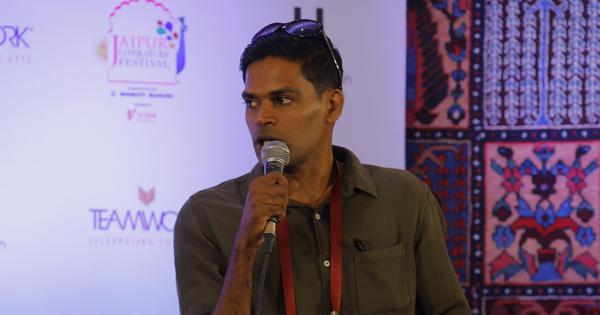Strong examination of caste and its pervasive effects featured in Kannanari’s latest novel, The Menon Investigation.
Saharu Nusaiba Kannanari’s second novel, The Menon Investigation, has recently been released, following the success of his debut, Chronicle of an Hour and a Half. The new work has already generated considerable interest, with Kannanari recognized for his distinctive voice, characterized by wit and anger, influenced by his admiration for 20th-century American literature. This latest offering delves into the complexities of crime, societal neglect, and the systemic issues that often push individuals into a corner, reflecting a broader commentary on the varna system, which the novel identifies as the “nation’s central quarrel” and its “original sin.”
The narrative centers around IG Vijay Menon, who is tasked with reinvestigating the murder of Kannan Moses, a colleague whose death raises numerous questions due to its suspicious circumstances. The case, described as a contract killing, involves a gang but is manipulated by unseen forces. Menon, often mocked as “Dark Menon,” grapples with his own identity and insecurities, which are compounded by his societal position as an upper-caste man with dark skin. His personal struggles include physical ailments and the feeling of being overshadowed by the formidable women in his life—his wife Padmini and their two daughters, Kalyani and Roxanne.
The reopening of Moses’s murder case reveals a complex web of intergenerational trauma and caste-related injustices, extending beyond the immediate crime to include historical grievances involving communist encounters and the church’s influence in Adivasi communities. Throughout the narrative, the persistent shadow of caste remains a critical theme, illustrating how it continues to affect individuals even in a supposedly progressive state like Kerala. Kannanari effectively portrays the intersection of personal and systemic issues, arguing that the ingrained caste hierarchy remains a powerful force in society.
The exploration of Menon’s character unfolds slowly, with the first half of the novel focusing on his internal struggles and family dynamics. This gradual development leads to a delayed engagement with the central investigation, which becomes more compelling as the plot progresses. The atmospheric prologue sets a chilling tone, but the pace picks up significantly after the halfway point, as revelations about the murder and the characters’ intertwined destinies propel the narrative forward.
While the novel offers a rich examination of caste and identity, it also has moments that may feel repetitive, particularly concerning Menon’s personal issues. Readers may find themselves wanting more depth in his relationships with his daughters, especially Kalyani, who, despite her significant presence in the story, remains somewhat underexplored. The epilogue serves as a haunting conclusion to the intertwined lives of Moses and his murderer, emphasizing the inescapable nature of their identities.
Despite some criticisms regarding pacing and character development, The Menon Investigation confirms Kannanari’s place as a significant voice in contemporary literature. His ability to weave together personal narratives with larger societal themes showcases his literary talent, making this novel a noteworthy addition to discussions surrounding caste and identity in India.








